After speaking to industry leaders, devouring "expert" reads, ManRepeller Thoughtline still might be of the best examples of behavioral science in practice.
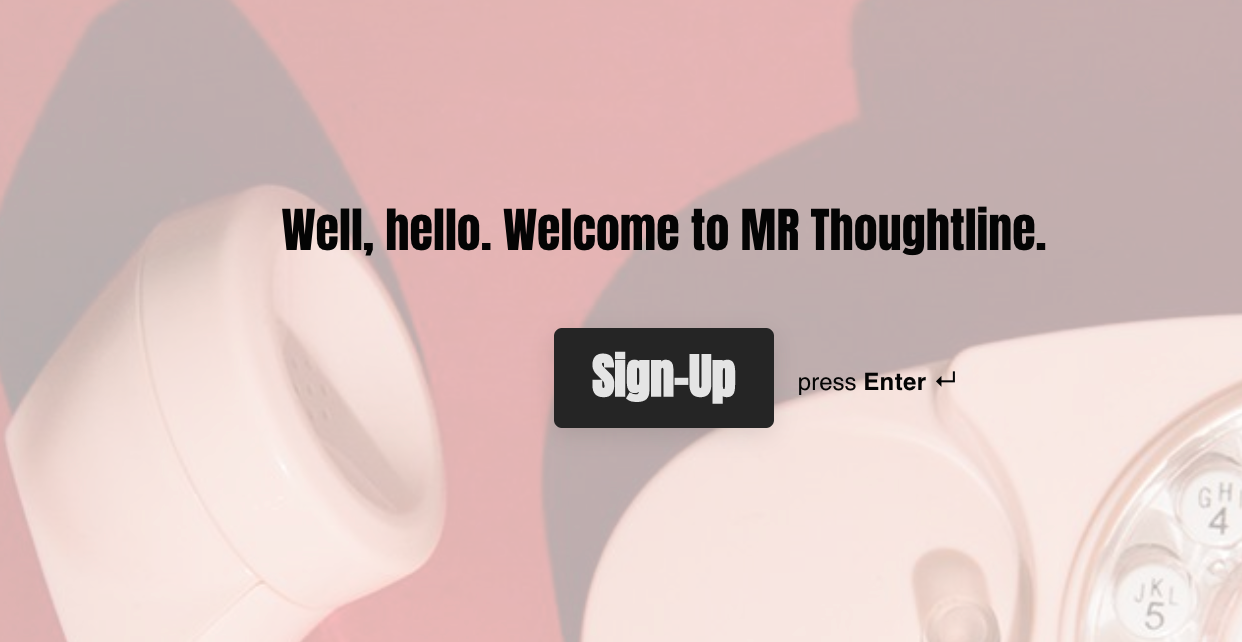
For the past seven years, I’ve been a consumer and self-diagnosed evangelist of ManRepeller. In that time, I've developed my style along side my favorite writers, debated what it means to grow up, and spent many of Instagram dms debating which writers my friends and I were most like.
And apparently, I wasn’t alone. We recently conducted SnapHabit user interviews in hopes to learn more about where Gen Z and millennial women get their inspiration ** out link to previous blog post here** for personal growth, and presumably habits. Many of them mentioned ManRepeller when asked to what content they most relate.
“The writing feels like I am listening to a cool person who is five years older than me that wants to have a conversation with me.”
Two months before we began talking to SnapHabit users, I received this email from ManRepeller.
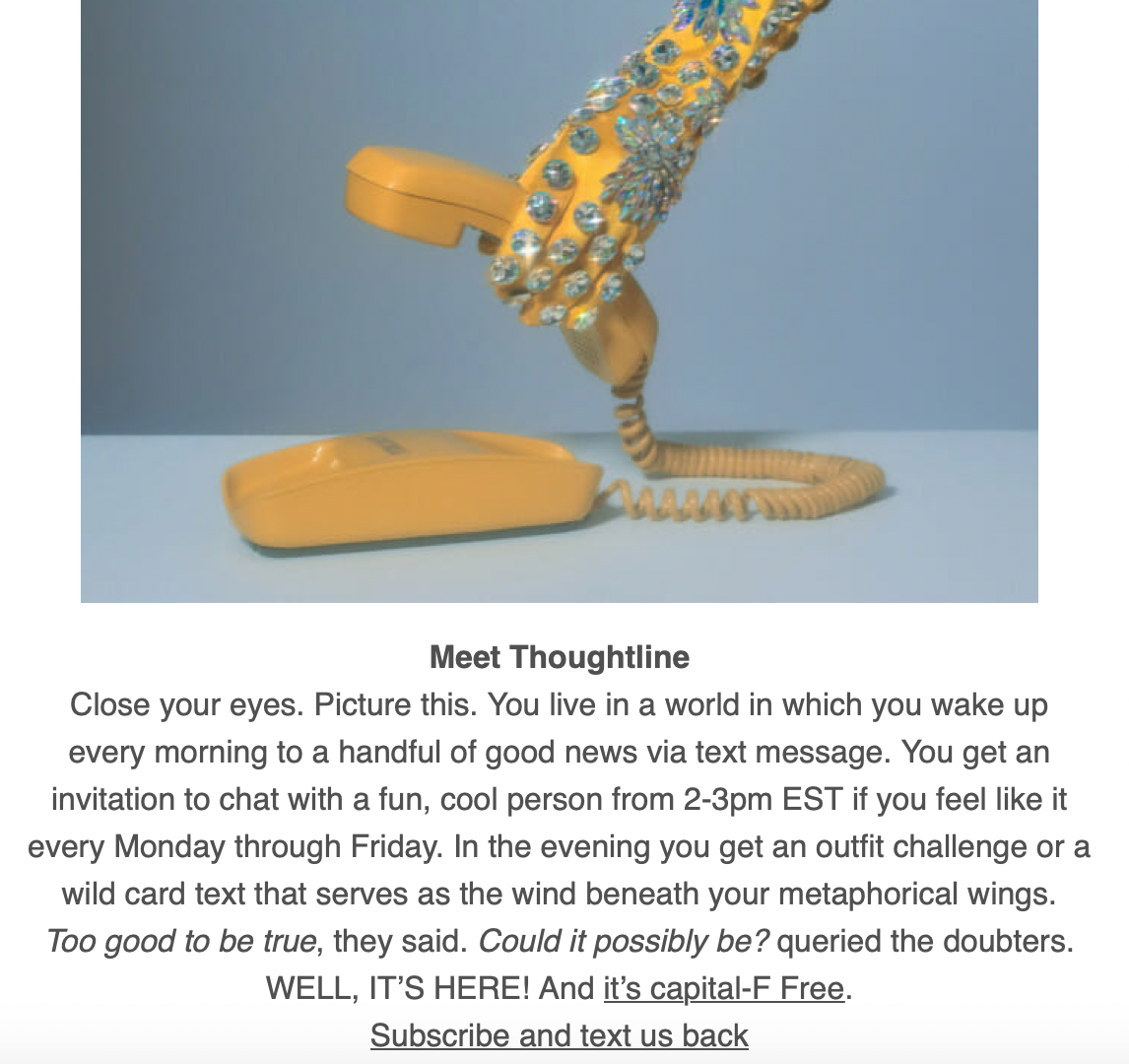
More ManRepeller? duh. Need my phone number? sure thing. Reach me on a personal level that no other company ever has? of course, please.
My reasoning, similar to the sentiment of SnapHabit users, was simple: the words were relatable, it helped me navigate my life, and it felt like just another friend texting me.
But my choice to enroll in the ThoughtLine text service was actually pretty steeped in science. I might have just stumbled into the best example of behavioral science yet.
If you're looking to apply more behavioral science to your user approach (or just want more people to read your texts) here's what we can learn from what ManRepeller did right:
1. Caught my attention from the beginning.
In behavioral science, the Halo Effect makes the case for a strong first impression, as we tend to make quick and big decisions based on little pieces of information. Anchoring bias adds that we "anchor" all subsequent perceptions based on what we met first — no matter if it is correct or not. If we perceive something as beautiful the first time we see it, we place our bets that the rest will follow suit.
ManRepeller sure did make a first impression. Their debut Instagram introducing the ThoughtLine was witty, informative, and held just a bit of intrigue to keep me wondering what exactly I was watching. Better yet, it was fun.
2. Told me what I needed to know, and what I wanted to hear.
The ambiguity of it all begged my curiosity: what exactly is ManRepeller Thoughtline? I was told it's "whatever [I] need it to be," which honestly made me wonder. What do I need? What do I want? Could this be it?
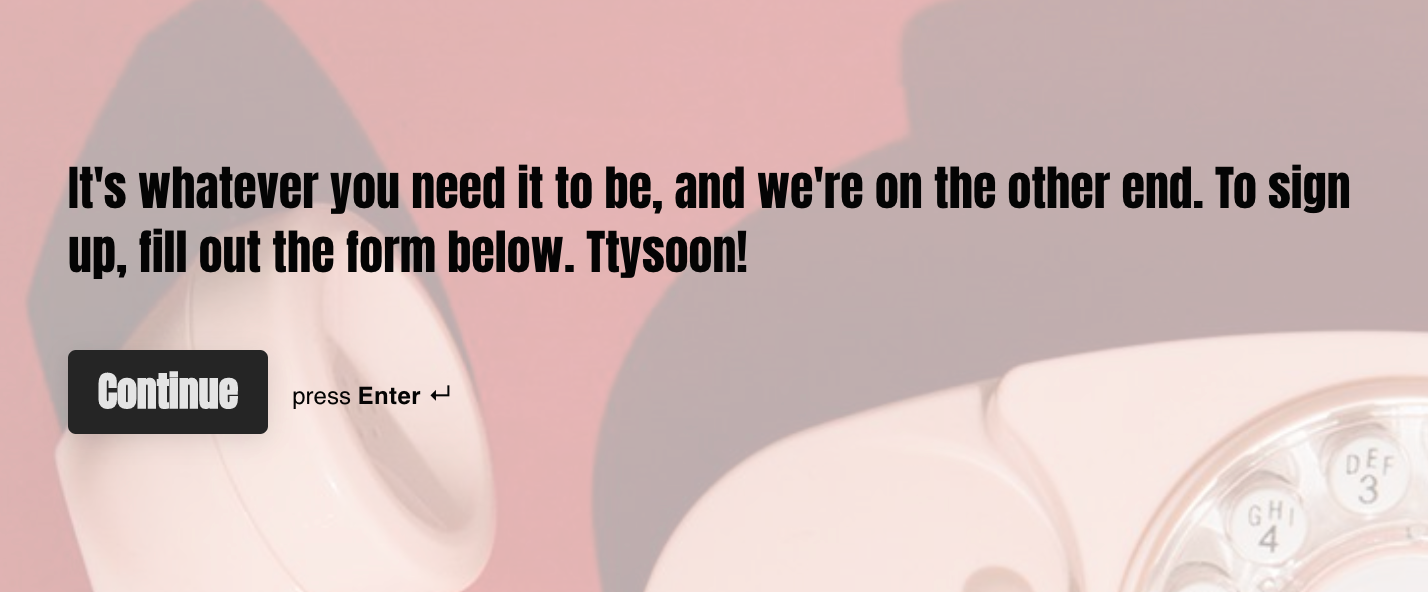
Maybe, maybe not. But either way, the intentional progressive disclosure on their part made me want to figure out. Progressive disclosure, offering users a bit of information and allowing them to choose if and when they want more, shows that users are less overwhelmed if they are exposed to complex features gradually. They're also more likely to continue engagement simply in pursuit of this intrigue.
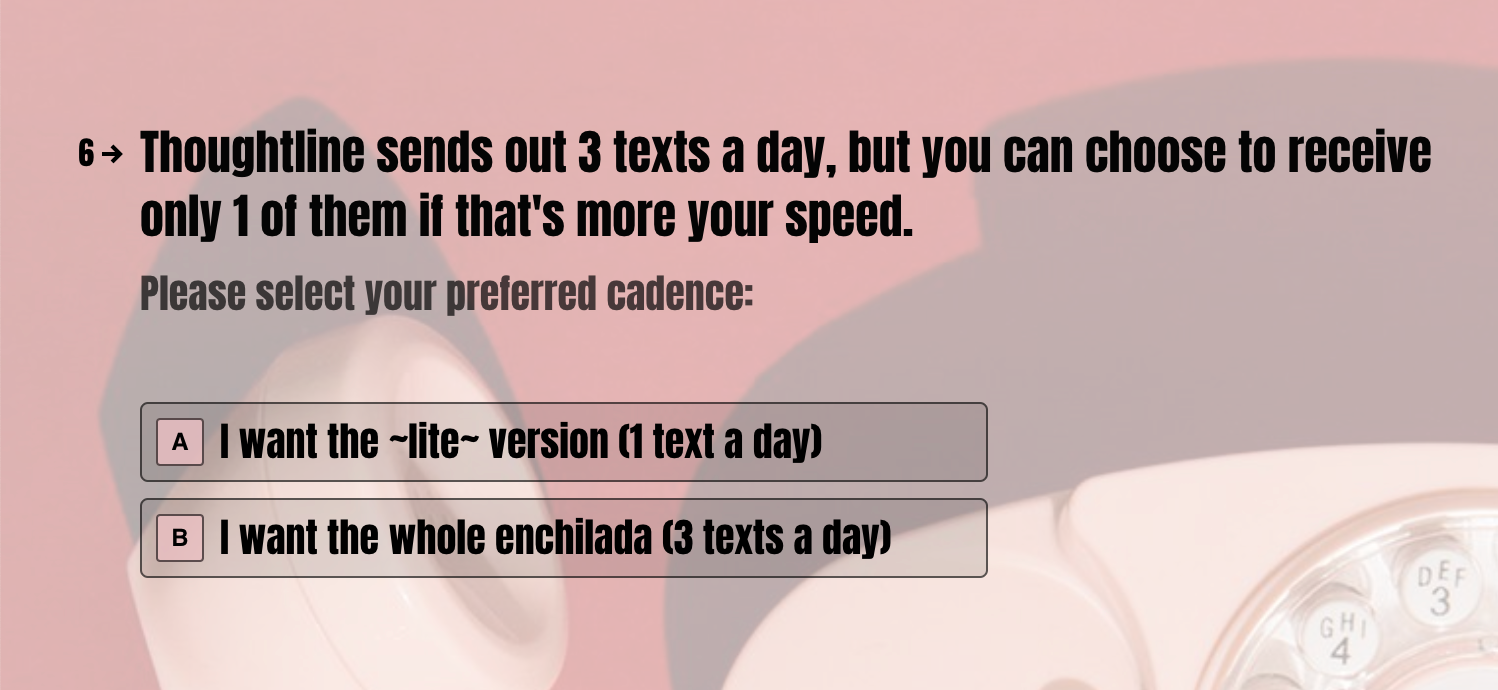
ManRepeller seemed to understand that our cognitive load is light and choice overload bias is a real thing. They avoided overdoing the mental effort required to complete their ask — sign up for ThoughtLine — and effectively avoided decision fatigue.
The sign up took under a minute, and yet, still made me feel like I had some agency over it. They offered me a say in my experience, and I took it, gladly. Why? Because in allowing me to personalize my interaction with the service, ManRepeller created a mini Ikea Effect: I was already more invested in the outcome of my engagement because I had helped shape it. People seek opportunities where they can express their personality, feelings, or ideas and, in offering users these opportunities, you are building a stronger connection between them and the product.
They had also effectively created a self-initiation trigger by allowing me to customize the frequency of my notifications, which suggests that I am more likely to interact with prompts I helped set up myself.
3. Made me feel special
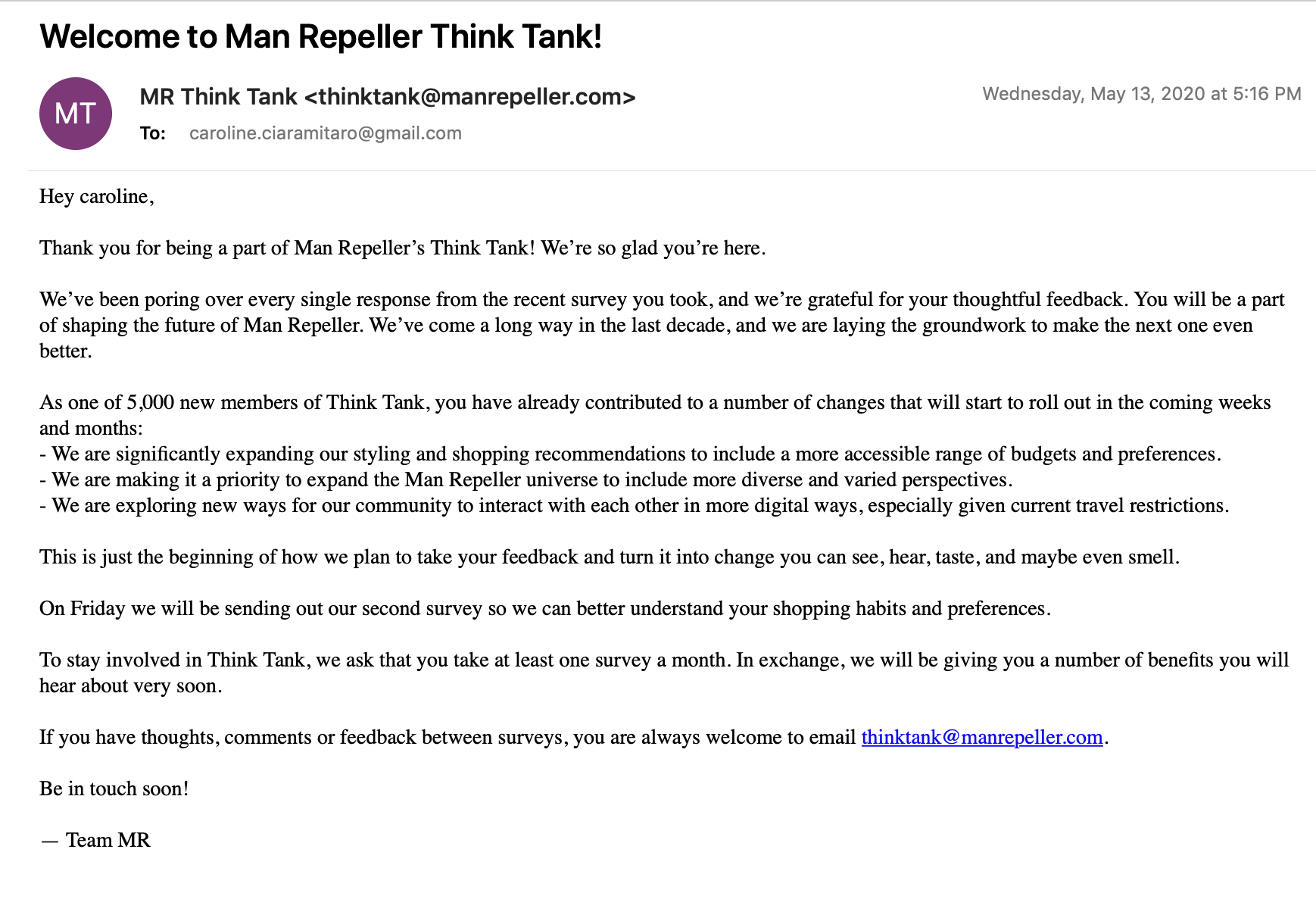
When I first signed up for the ThoughtLine, it was pre-launch. This eagerness awarded me a spot in the "MR Think Tank," which, as described in the initial email I received, promised me 1) agency in the influencing the future of ManRepeller 2) insights from the ManRepeller team and 3) "a number of benefits [I would] hear about very soon."
In a singular email, they had brought me into an exclusive community, offered me special access to a company I admired, and made me feel like I was apart of something bigger than myself.
If that's not textbook behavioral science enough, they also spiced it up with a bit of social norms pressure, noting that I was joining a "5,000 new members of Think Tank" and we had "already contributed to a number of changes that will roll out in the coming weeks." The simple word choice of we changed the game. I was apart of something special, and we were in it together.
4. Brought in familiar faces and made it fun.
As soon as the texts start rolling in, I recognized the names. I had been religiously reading their words the past seven years! Every text specified who was sending, resembled their writing style, and made me feel the same way their articles had. It was comfortable, relatable, and inviting.
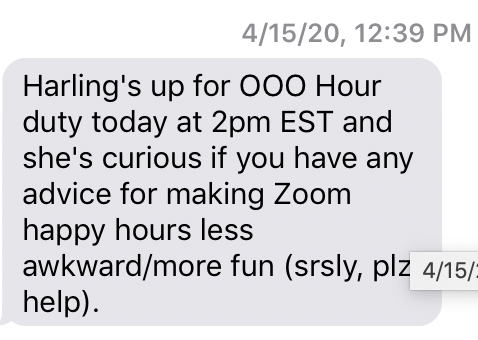
This feeling of familiarity plays off of the mere exposure effect which says we are more likely to see something as favorable simply because we've seen it before and engrained a sense of self-efficacy and ease with it. We know it, and we know we like it.
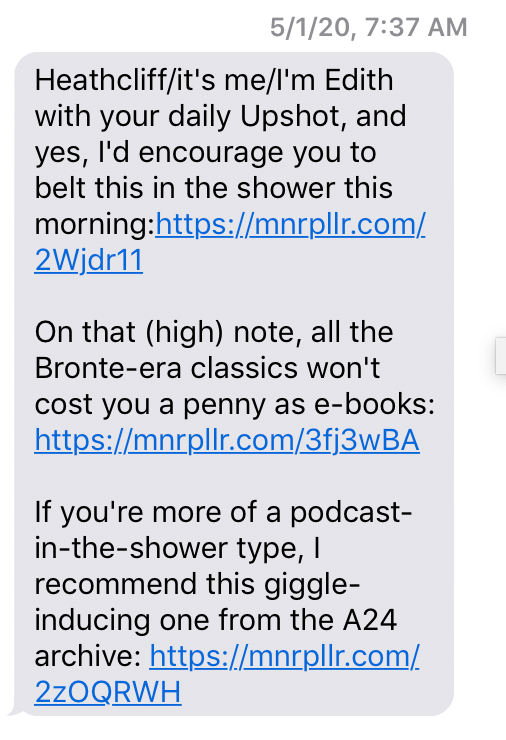
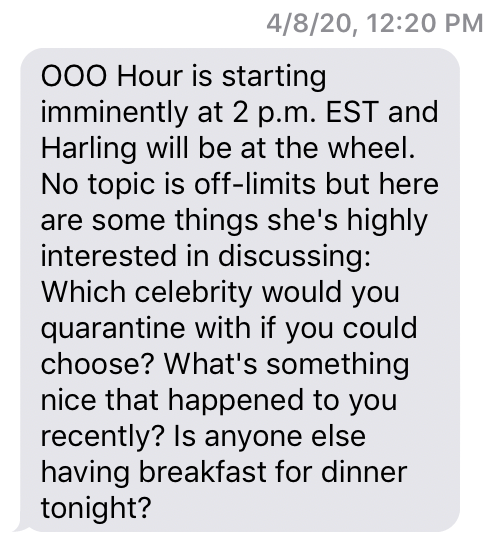
The texts are also funny, making them more relatable and easier to remember. From an engagement and revenue perspective, it's a super smart move. The affect heuristic is a mental shortcut we use to make quick decisions by relying on our current emotional state. Texts are immediate, and we naturally rely on our quick, emotional response to decide how to engage. ManRepeller is attempting to ensure that my emotional state at the moment of interaction is relaxed, joyful, comfortable, and yet, on my toes and ready to consume more.
Bad mood? Not worth my time opening the text from some stranger.
Okay mood, smiling from first line offering a familiar name and funny CTA? Maybe there's something in it for me today.
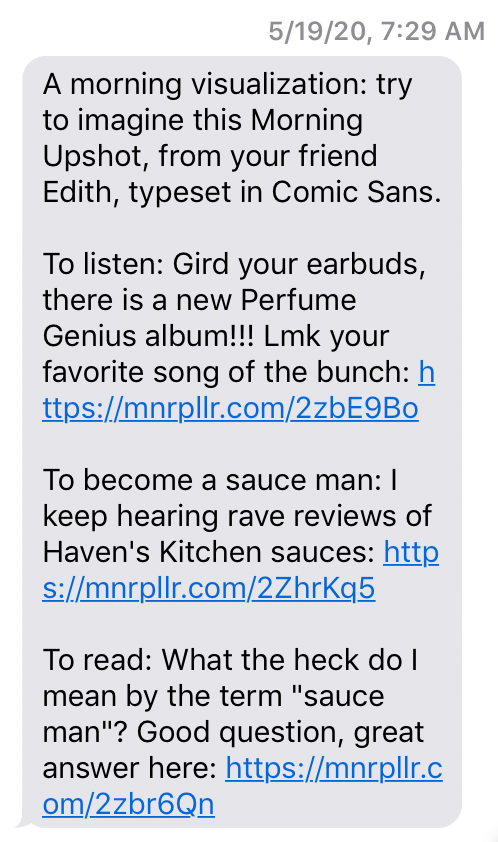
If ManRepeller can act as a behavioral scientist, anyone can.
At its core, behavioral science is about understanding how people behave and why they make the choices they do. With the release of ThoughtLine, ManRepeller did just that: understood my instinctual inclinations, recognized my limited cognitive space, and catered to my immediate emotions.
ManRepeller proved that behavioral science is not always found steeped in evidence based RTCs. Sometimes, the best behavioral science experiment is waiting for you in your unread texts.

